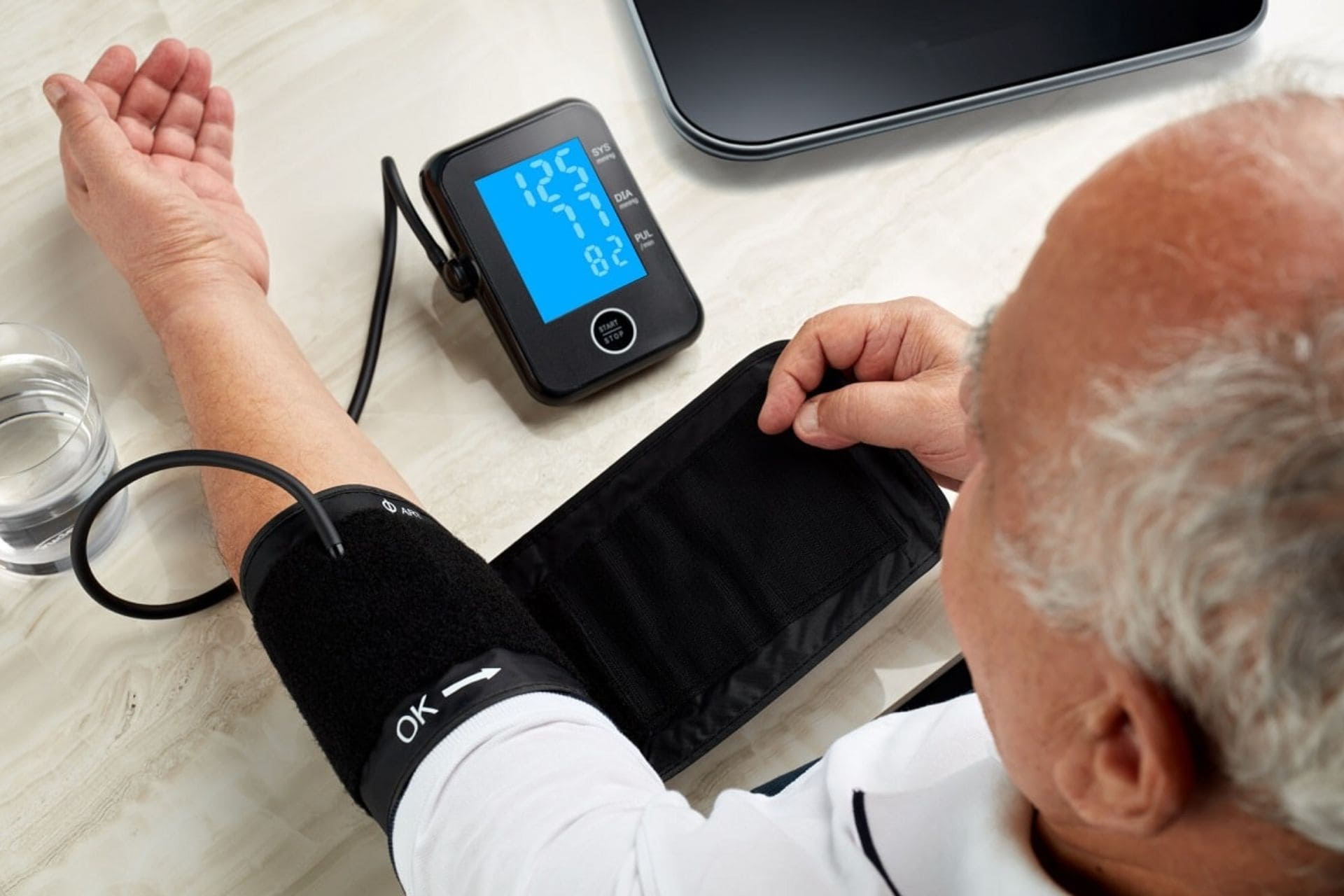UAMS Researchers Find Remote Patient Monitoring a Strategy to Reach Arkansans Living in Rural Areas
| FAYETTEVILLE — Increasing remote patient monitoring (RPM) programs can improve health outcomes for Arkansans living in rural areas of the state, but many in the state face barriers related to technology and language, according to researchers from the University of Arkansas for Medical Sciences (UAMS).
With RPM, health care providers can monitor a patient at their home, instead of in a clinical or hospital setting, using digital medical devices such as blood pressure monitors, blood glucose meters and pulse oximeters.
However, according to a study published recently by Telemedicine and e-Health, researchers at the UAMS Institute for Community Health Innovation learned there are some barriers that people may face when accessing RPM, including difficulty understanding the technology, slow Wi-Fi networks, language barriers for those with English as their second language, and mistrust of how their personal information is used. Researchers noted that non-white and older populations were less receptive to using RPM.
“To reach underserved populations, we must recognize the barriers they may face when accessing digital health services so we can create solutions and reach the people who may not have the means to go to their doctor appointments regularly,” said Jennifer Andersen, an assistant professor at the UAMS Institute for Community Health Innovation.
The Centers for Disease Control & Prevention (CDC) recommends digital health interventions, including remote patient monitoring, for reducing chronic disease risk factors in patients and helping to manage chronic disease.
“Remote patient monitoring is a promising and innovative strategy to help patients who are diagnosed with chronic diseases and those who have may benefit from temporary monitoring, like pregnant mothers,” Andersen said. “By using RPM and other digital health services, we can help Arkansans better manage their health, especially those living in rural areas of the state.”
UAMS is the state’s only health sciences university, with colleges of Medicine, Nursing, Pharmacy, Health Professions and Public Health; a graduate school; a hospital; a main campus in Little Rock; a Northwest Arkansas regional campus in Fayetteville; a statewide network of regional campuses; and eight institutes: the Winthrop P. Rockefeller Cancer Institute, Jackson T. Stephens Spine & Neurosciences Institute, Harvey & Bernice Jones Eye Institute, Psychiatric Research Institute, Donald W. Reynolds Institute on Aging, Translational Research Institute, Institute for Digital Health & Innovation and the Institute for Community Health Innovation. UAMS includes UAMS Health, a statewide health system that encompasses all of UAMS’ clinical enterprise. UAMS is the only adult Level 1 trauma center in the state. UAMS has 3,485 students, 915 medical residents and fellows, and seven dental residents. It is the state’s largest public employer with more than 11,000 employees, including 1,200 physicians who provide care to patients at UAMS, its regional campuses, Arkansas Children’s, the VA Medical Center and Baptist Health. Visit www.uams.edu or uamshealth.com. Find us on Facebook, X (formerly Twitter), YouTube or Instagram.###
